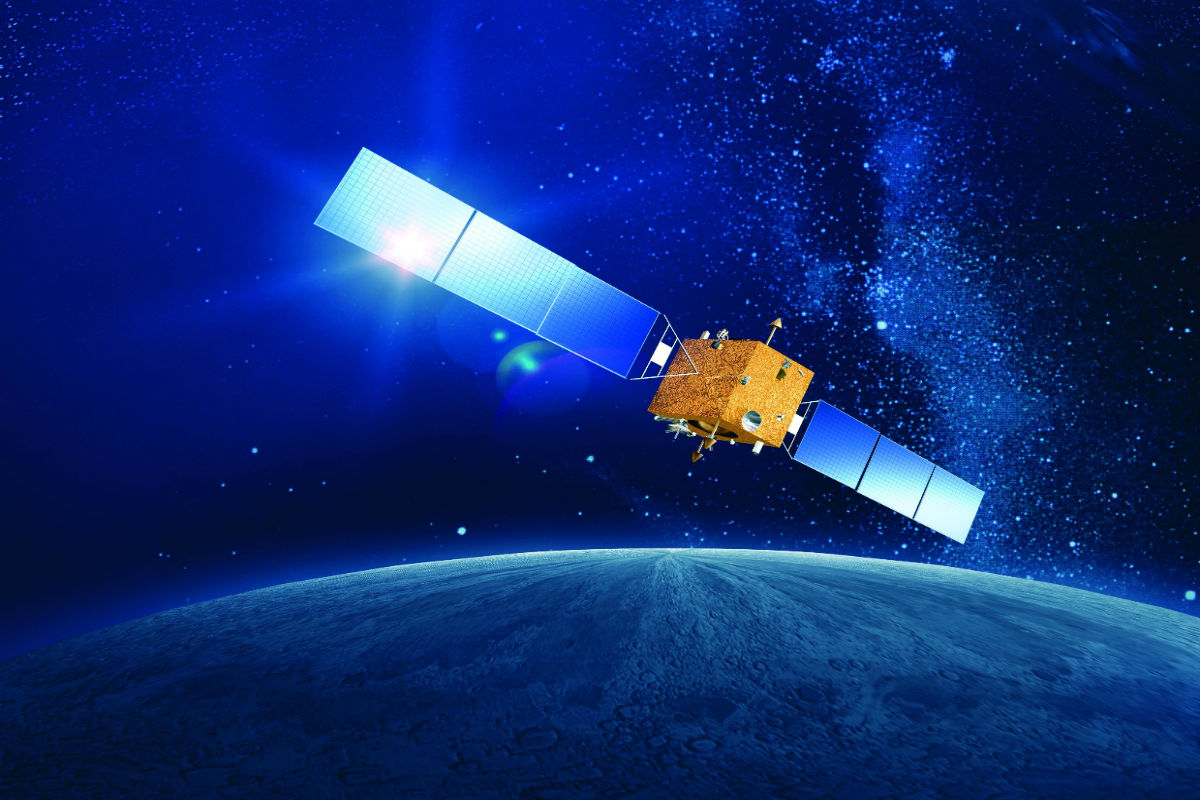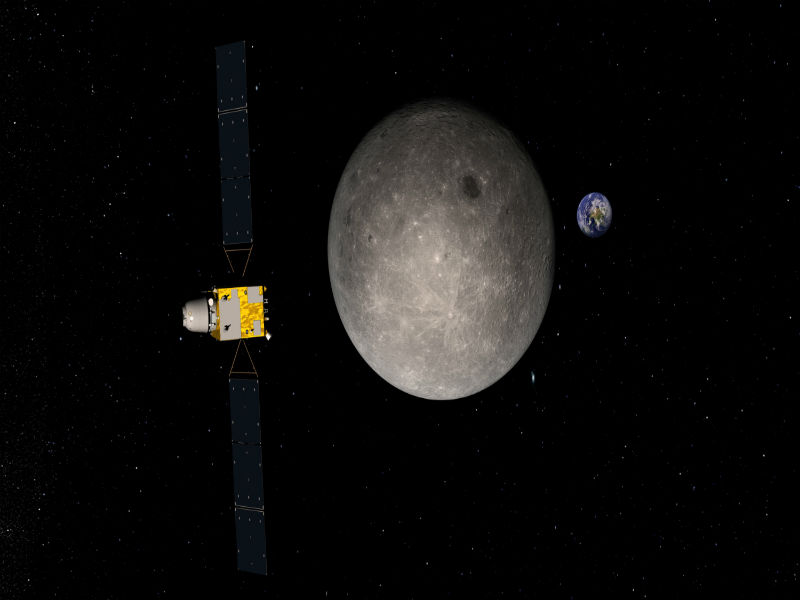To the Moon at Chinese Speed

1991
China’s space experts proposed launching the country’s own independent lunar exploration program.
1998
Chinese scientists started to plan, discuss and verify the feasibility of a lunar mission. They also began to tackle early-stage scientific and technological problems.
January 2004
China’s lunar probe program, named Chang’e after the Chinese goddess of the moon, was formally launched. China’s first unmanned lunar-orbiting satellite was named Chang’e-1. The country’s ambitious moon project includes three phases: unmanned lunar exploration, sending humans to the moon, and establishing a moon base.
October 24, 2007
Chang’e-1 was launched from Xichang Satellite Launch Center. The same year, on November 7, after entering the lunar orbit, the satellite entered a 127-minute round polar circular orbit.
November 12, 2008
China released its first complete map of the moon’s surface, produced from data collected by Chang’e-1.
The pioneer of China’s lunar mission, Chang’e-1 orbited 200 kilometers above the moon for 16 months, carried out comprehensive scientific research and collected abundant data. In 2009, the satellite made a controlled crash on the lunar surface.
October 2008
The Chang’e-2 mission was approved by China’s State Council.

October 1, 2010
The Chang’e-2 satellite was successfully launched. After several orbital transfers, it finally arrived in a 118-minute round polar circular orbit and conducted research from 100 kilometers above the lunar surface.
June 9, 2011
The Chang’e-2 satellite left its lunar orbit for the Sun-Earth L2 point, 1.5 million kilometers from Earth, to conduct scientific experiments.
August 25, 2011
After a journey of 77 days, Chang’e-2 entered orbit around L2, the first time a satellite set off from the lunar orbit for remote outer space, making China the third after the United States and the European Space Agency to have reached this point.
February 6, 2012
China released a full lunar map produced by the Chang’e-2 satellite with a spatial resolution of seven meters that showed more details of the lunar surface than Chang’e-1.
By July 14, 2013
Chang’e-2, which was already a man-made asteroid in the solar system, had flown 50 million kilometers away from Earth.
December 2, 2013
The Chang’e-3 probe was successfully launched. On December 14, after 12 days of flight, Chang’e-3, comprised of a lander and China’s first moon rover called Yutu (Jade Rabbit), completed a soft landing on the Sinus Iridum, or the Bay of Rainbows, a plain of basaltic lava that forms a northwestern extension to the Mare Imbrium.
Chang’e-3 has a mass of approximately 1,220 kilograms, and the rover is 140 kilograms, the lightest lunar rover ever.

Chang’e-3 was China’s first unmanned lunar probe to soft-land on the moon. It incorporated a robotic lander and a lunar rover. The net weight of the probe was 1,220 kilograms, of which the lander was a newly developed spacecraft platform with a designed life of 12 months. courtesy of Shenzhou Media
February 18, 2016
After “sleeping” during the lunar night, the Chang’e-3 lander “woke up” for its 28th lunar day. The lander surpassed its designed life and performed exceptionally.
By December 14, 2016
The Chang’e-3 lander had worked admirably on the lunar surface for three years, a record length of time for a lander to work on the moon’s surface.
May 21, 2018
China launched a relay satellite named Queqiao (Magpie Bridge) to set up a communication link between Earth and the moon’s far side.
June 14, 2018
Queqiao entered a halo orbit around the L2 point of the Earth-Moon system, about 65,000 kilometers from the moon, becoming the world’s first communication satellite operating in that orbit.
December 8, 2018
The Chang’e-4 probe was successfully launched. Consisting of a lander and a rover, Chang’e-4 was originally built as a backup for Chang’e-3, and its rover was named Yutu-2. The mission of Chang’e-4 is the follow-up to Chang’e-3.
January 3, 2019
The Chang’e-4 probe landed in the pre-determined Von Karman Crater in the South Pole-Aitken Basin, the first-ever soft landing on the far side of the moon. Around 3.6 billion years old, the Von Karman Crater is believed to be the oldest impact crater in the solar system and may contain water.
January 11, 2019
The Chang’e-4 lander and Yutu-2 rover took pictures of each other that were transmitted to the mission control station on Earth via the Queqiao relay satellite, marking complete success of the Chang’e-4 mission.
Around 2020
The Chang’e-5, China’s first sample-return mission, is expected to bring at least two kilograms of lunar samples back to Earth.
Sources: China National Space Administration, Clep.org.cn, and Xinhua News Agency